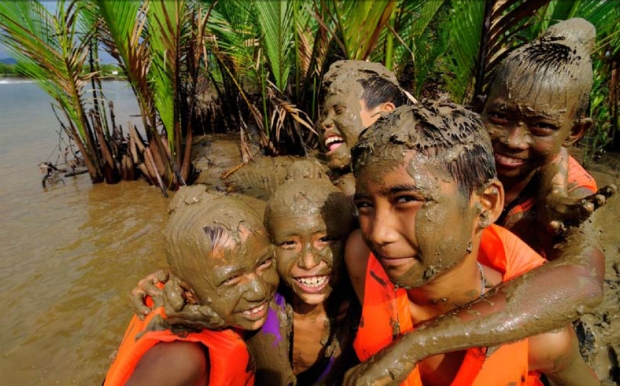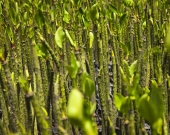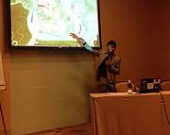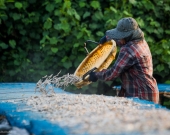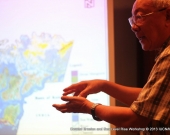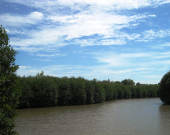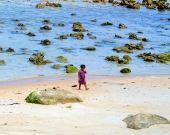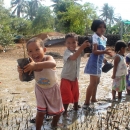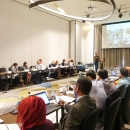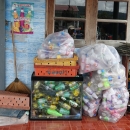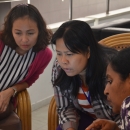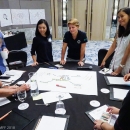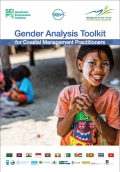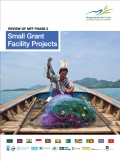Previous rapid economic expansion in Thailand resulted in widespread loss of coastal habitat, prompting the government to introduce a conservation and restoration policy for mangroves. In response, MFF is supporting activities that conserve mangrove ecosystems and improve local livelihoods.
Mangrove restoration, buffer zone recovery, and responsible fishing practices are the focus of many MFF projects, coupled with empowerment of local communities to help them become more involved in coastal area management. Other MFF activities are helping coastal communities adapt to climate change and be better prepared for natural disasters. These efforts are also serving to place local climate change and gender equality issues on the national agenda.
With over 2,600 km of coastline shared between the Gulf of Thailand and the Andaman Sea, Thailand’s coastal areas host an important natural resource base which is the focus of considerable socio-economic activity, with tourism and fisheries contributing significantly to provincial and national economic development. The Andaman Sea coast is characterised by deep oceanic waters and a narrow, rocky and coral-reef- associated continental shelf, with a thick mangrove belt protecting the coastline. The Gulf coast has a shallower profile with a combination of mangrove forests, mudflats, and sandy beaches. The Gulf of Thailand is a highly productive fishing area due to its relatively shallow depth (45 meters on average) and a high influx of nutrients and freshwater from five major regional rivers.
Thailand’s coastline faces most of the usual pressures and conflicts affecting many tropical coastal areas. Coastal erosion and sedimentation, habitat degradation and loss, population increases that lead to greater risks and vulnerability, inadequate capacity, in terms of technical expertise in Integrated Coastal Management, along the full stretch of coastline to meet these problems. The geographic focal areas of MFF’s work in Thailand have experienced ecosystem degradation due to the natural effects of the 2004 Asian tsunami along the Andaman coast, compounded by the impact of human activities, such as the replacement of the mangroves by shrimp farms and other natural forests by rubber and oil palm plantations
NCB Structure and Operations
The Thailand National Coordinating Body (NCB) was approved by the Permanent Secretary of the Ministry of Natural Resources and Environment on the 31st August 2007. The NCB Thailand is hosted by the Department of Marine and Coastal Resources (DMCR). At present the NBC is comprised of six government members, two civil society members, two academia members, three international organizations and five independent experts.
Projects
In phase 1 and phase 2, Thailand received 4 projects under Large Grant Facility and 24 projects under Small Grant Facility. The projects under Large Grant Facility were “Ecosystem-based integrated coastal resource management through multi-stakeholder participation in Southern Thailand (Sustainable Development Foundation)”, “Reversing Environmental Damage through Community Focused Sustainable Livelihoods in Surat Thani province, southern Thailand (Wetlands International Thailand), “Evaluating and improving the management effectiveness of Thailand's Marine and Coastal Protected Areas (Department of National Parks, Wildlife and Plant Conservation: DNP)” and “Strengthening the Community-based Coastal Resources Management Network through Community-based Learning Centers in Six Sub-districts of Trat Province, Thailand (RECOFTC)”
In phase 3, Thailand has chosen two sub-district in Trat province as a target strategic area for the Small Grant Faculty and applied the Resilience Analysis Protocol (RAP) for grant selections. Currently, the proposals for cycle 5 of Small Grant Facility are in the approval process.
 Thailand
Thailand 